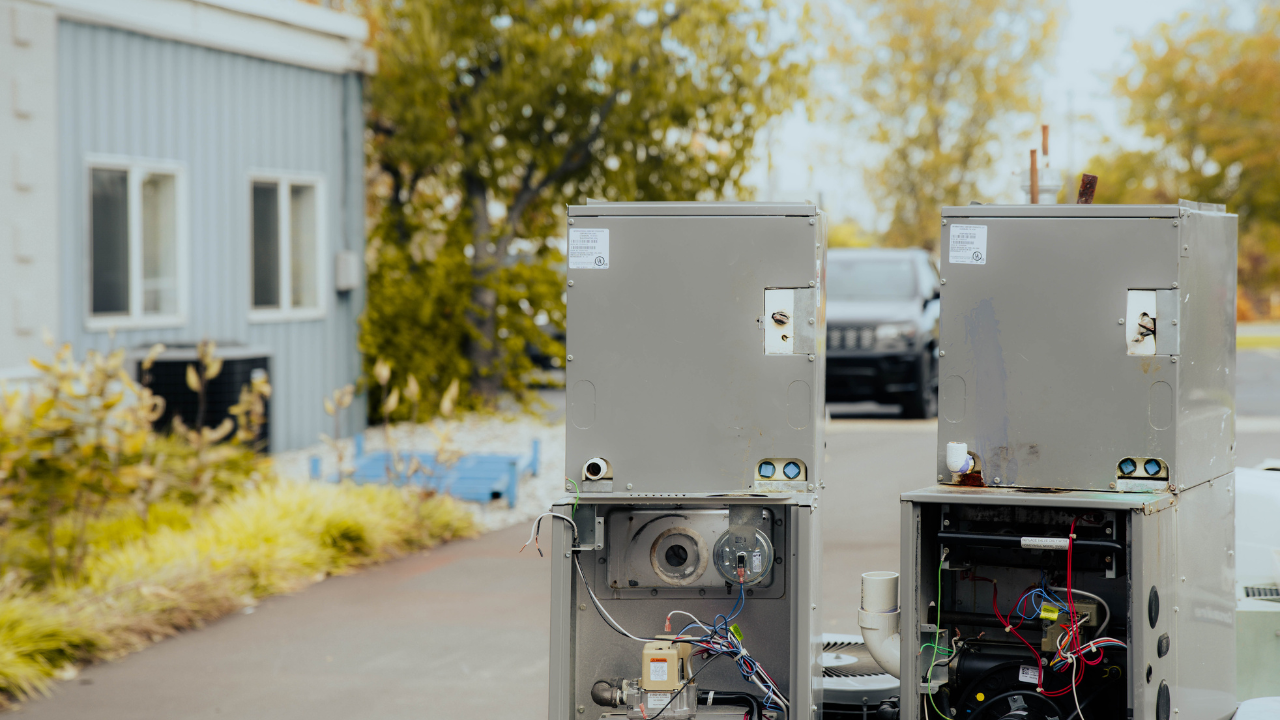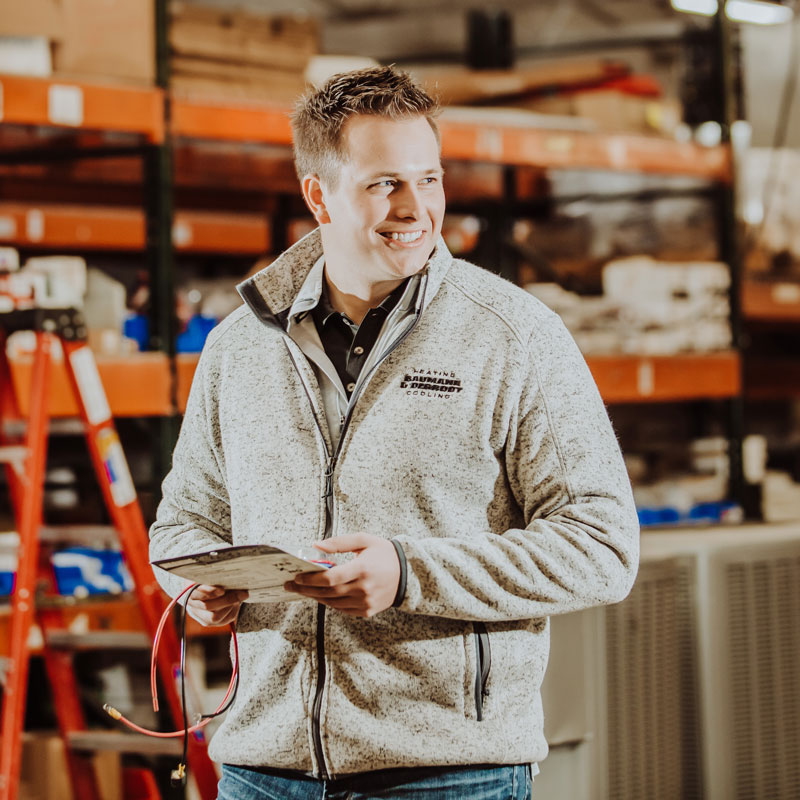Furnace Lifespan: How Long Should Your Furnace Last?
Here at Baumann & DeGroot, we’ve been HVAC experts since 1994, providing reliable heating and cooling solutions for our loyal customers. One common question we often get is: how long is the typical furnace lifespan, and how do I know when it’s time to replace my furnace?
To help you make informed decisions, we’ve created this guide to explain what affects a furnace’s lifespan and how regular maintenance can extend it.
How Long Does a Furnace Last?
The average furnace lifespan is around 15–20 years, but it depends on several factors, including the quality of the unit, how often it’s used, and how well it’s maintained. Unfortunately, like other modern appliances, furnaces are subject to planned obsolescence. Today’s furnaces are not designed to last forever, and three key factors have contributed to this:
- Efficiency Standards: Government regulations have pushed for higher efficiency in heating systems, which, while great for energy savings, can reduce long-term durability.
- Advanced Technology: Modern furnaces now include twice as many safety sensors and advanced components, which means more parts that could wear out over time.
- Cost Pressures: Manufacturers face immense pressure to reduce costs, leading to less durable parts in some cases.
While these factors impact the lifespan of a furnace, proper maintenance and timely repairs can make a significant difference.
Signs Your Furnace Has Reached Its Lifespan
When evaluating whether to repair or replace your furnace, several factors come into play:
- Age of the Furnace: If your furnace is nearing or past the 18-year mark, it might be time to consider replacement, especially if it’s showing signs of wear.
- Cost of Repairs: For example, replacing a $700 heat exchanger on an 18-year-old furnace doesn’t make financial sense, as additional repairs are likely to follow.
- Efficiency: Older furnaces operating at 80% efficiency use significantly more energy compared to modern, high-efficiency models. Replacing an older unit can lead to noticeable energy savings.
- Part Availability: Parts for older furnaces are harder to find, and long lead times can leave families without heat during cold months.
At Baumann & DeGroot, we aim to provide fair and honest assessments to help you make the best choice for your home and budget.
How Maintenance Affects Furnace Lifespan
Consistent maintenance plays a critical role in extending your furnace’s lifespan. Here’s how:
- Filter Changes: Regularly changing your furnace filter is essential for optimal performance. A good rule of thumb is to replace your filter based on its size: for example, a 1-inch filter should be changed monthly. Filters labeled “up to 3 months” often factor in lighter usage during spring and fall, so during heavy-use seasons, changing them more frequently is best.
- Annual Tune-Ups: Scheduling yearly maintenance inspections ensures your furnace stays in good condition and helps catch potential problems early, preventing costly breakdowns.
By keeping up with regular maintenance, you can maximize your furnace’s lifespan and enjoy efficient, reliable heat for years to come.
Whether you’re trying to extend the lifespan of your furnace or decide if it’s time for a replacement, Baumann & DeGroot is here to help. Our team of experts offers honest advice, quality service, and dependable heating and cooling solutions.
Need help deciding if your furnace has reached the end of its lifespan? Contact Baumann & DeGroot at (616)396-4328 or schedule online.


